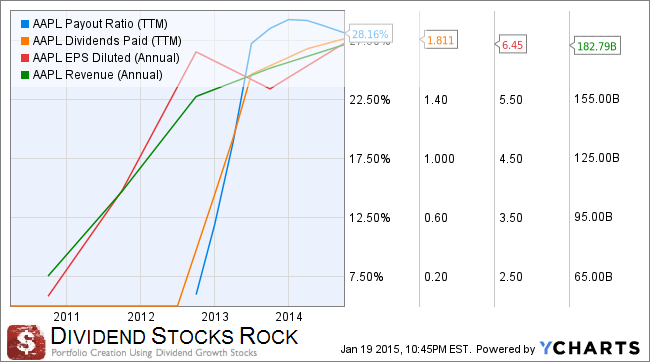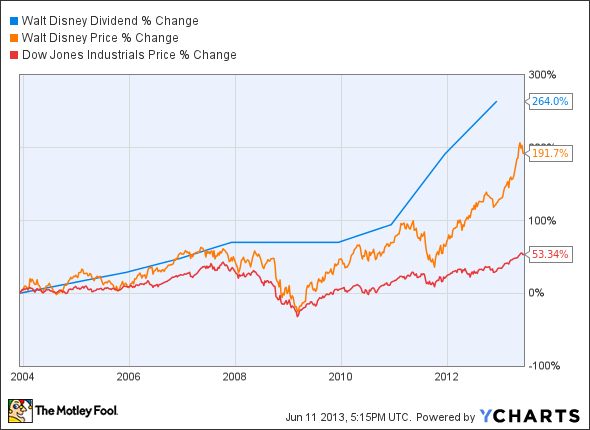How Long Do You Need to Own Stock to Get a Dividend Payout
Post on: 28 Май, 2015 No Comment

More Articles
The idea of buying shares of stock, holding them long enough to collect a dividend and then selling the shares might seem like a way to make quick and easy profit. Since you are not holding the shares long-term, the process can be repeated with different stocks, allowing you to collect a lot of dividends. However — like most investment strategies — this process is more complicated than it seems at first glance.
Important Dividend Dates
When a company declares a dividend, the dividend announcement will include a record date and a payment date for the dividend. The record date determines who owns shares and is entitled to receive the dividend. You must own shares on the record date to receive the dividend. The payment date is the day when the dividend amount will be paid and deposited into an investor’s brokerage or bank account. The Securities and Exchange Commission rules require a three-day settlement period for a stock purchase to become official and an investor to be a share owner of record.
Buying to Collect a Dividend
The latest you can buy a stock and receive the dividend is before the stock market closes three business days before the dividend record date. On the next day the stock is said to have gone ex-dividend, and buyers on that day are not entitled to a dividend payment. If you bought shares before the ex-dividend day, you can sell them on the ex-dividend date and you will still be the shareholder of record on the record date and receive the dividend payment. The shortest possible holding period to earn a dividend, therefore, is overnight: from the day before to the ex-dividend date. The sell order placed on the ex-dividend date will settle one day after the record date. You will have met the requirement to be shareholder of record on the record date.

Effects of Ex-Dividend
When the stock market opens on a stock’s ex-dividend date, the share price will start trading at the previous day closing price minus the amount of dividend to be paid. For example, if a $1 dividend will be paid on a stock that was at $25 per share, when the market opens on the ex-dividend day the shares will trade at $24. Share owners have the same investment value as the day before — shares worth $24 plus a $1 dividend. Buying a stock for the dividend with the shortest possible holding period results in a break-even trade minus broker commissions.














